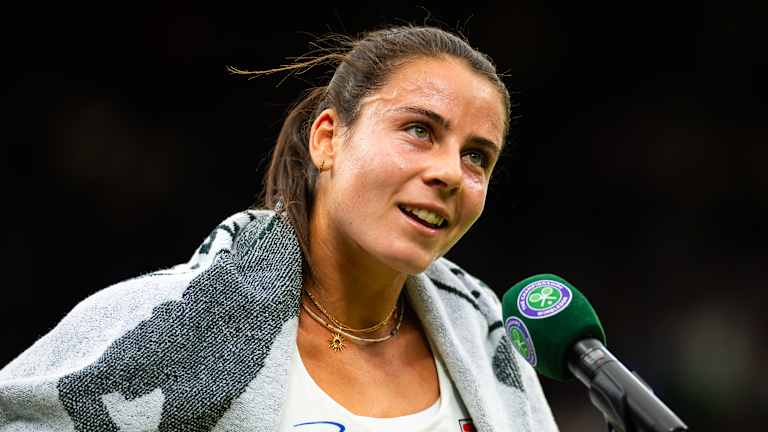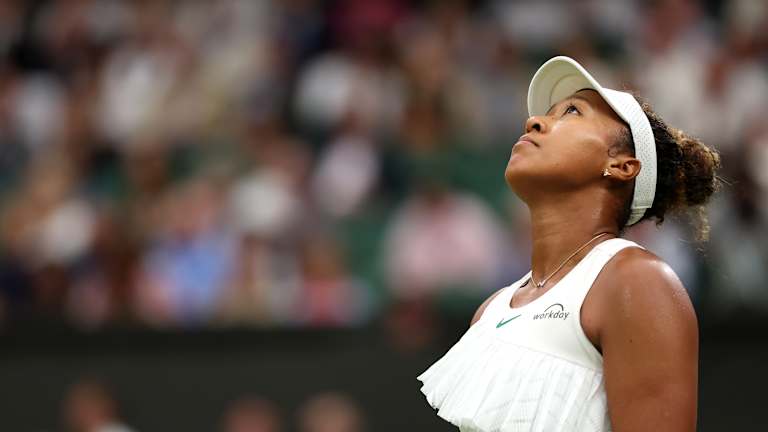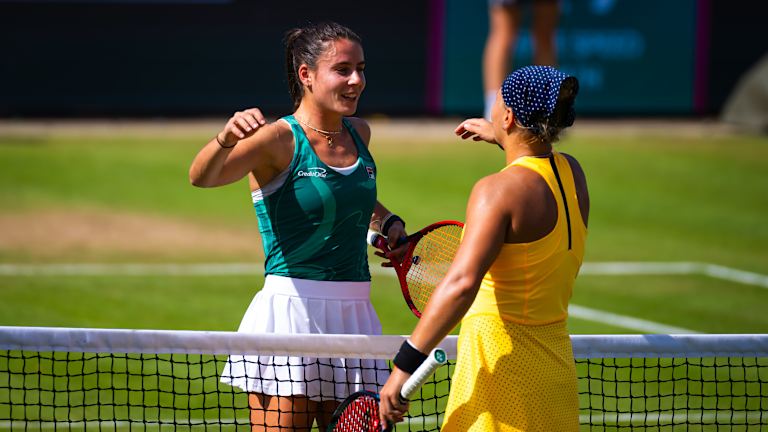Wimbledon
Emma Navarro’s Centre Court debut, against Naomi Osaka, was a perfect melody
By Jul 03, 2024Wimbledon
Wimbledon to replace line judges with electronic line calling from 2025
By Oct 09, 2024Wimbledon
The amazing journey of Henry Patten from IBM data logger to Wimbledon doubles champion
By Jul 16, 2024Wimbledon
Hsieh Su-Wei, Jan Zielinski win mixed doubles title at Wimbledon
By Jul 15, 2024Wimbledon
Why Wimbledon Endures
By Jul 15, 2024Wimbledon
Novak Djokovic seeks 2024 answers for Alcaraz and Sinner after great effort: 4 ATP Wimbledon takeaways
By Jul 14, 2024Wimbledon
Carlos Alcaraz is a champion establishing how high he will climb with latest Wimbledon title
By Jul 14, 2024Wimbledon
Nicolai Budkov Kjaer makes history in winning junior boys' Wimbledon title; Renata Jamrichova wins girls' title
By Jul 14, 2024Wimbledon
Carlos Alcaraz beats Novak Djokovic again in Wimbledon final for fourth Grand Slam title
By Jul 14, 2024Wimbledon
For Jasmine Paolini, Barbora Krejcikova was one forehand and one serve too good in the Wimbledon final
By Jul 13, 2024Wimbledon
Emma Navarro’s Centre Court debut, against Naomi Osaka, was a perfect melody
In a masterclass that belied her experience, the American ousted the four-time Grand Slam champ.
Published Jul 03, 2024
Advertising

On the court and on the mic, Navarro was in command.
© 2024 Robert Prange
Advertising

“Honestly, I feel like even though in the beginning it was kind of like we were trading games,” said Osaka after her Wimbledon loss to Navarro, “I don’t know why, I didn’t feel fully confident in myself.”
© Getty Images
Advertising

Navarro and Shnaider, two rising youngsters, have seen a lot of each other this season.
© 2024 Robert Prange